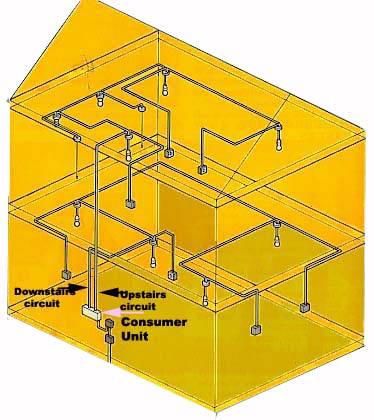Simple Remote on off Switch Circuit Diagram
Friday, September 26, 2014 | Labels: circuit, diagram, off, on, remote, simple, switch | 0 comments |Simple Remote on-off Switch Circuit Diagram. This circuit provides power control without running line-voltage switch leads. The primary of a 6-volt filament transformer is connected between the gate and one of the main terminals of a triac.
Simple Remote on-off Switch Circuit Diagram

The secondary is connected to the remote switch through ordinary low-voltage line. With switch open, transformer blocks gate current, prevents the triac from firing and applying power to the equipment. Closingthe switch short-circuits the secondary, causing the transformer to saturate and trigger the triac.
Sourced By circuitsstream
















